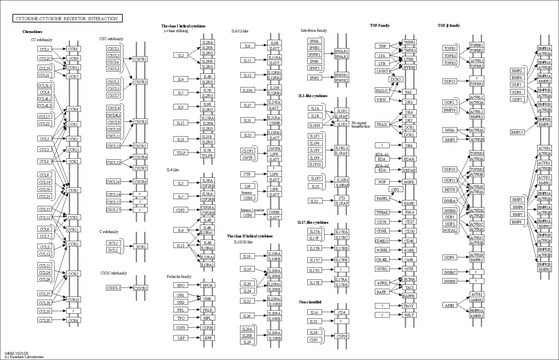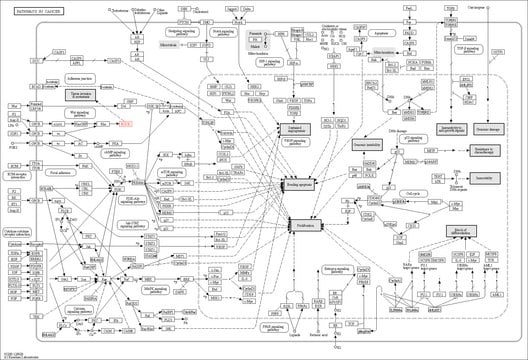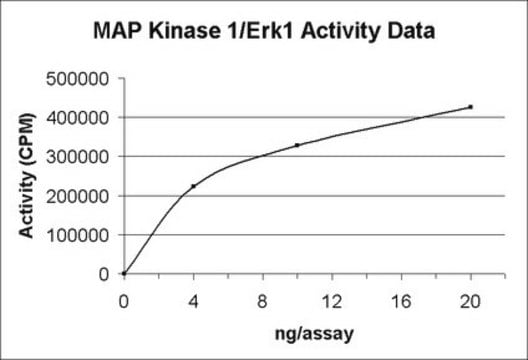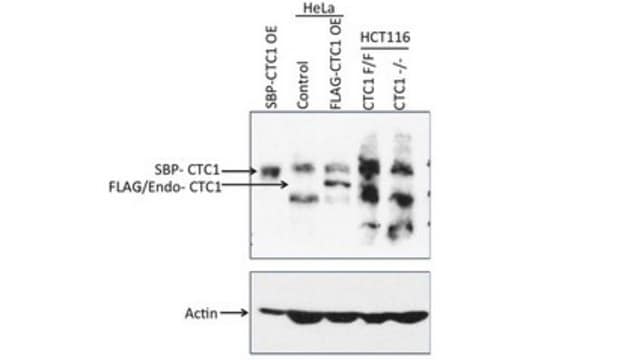SRP3189
APRIL from mouse
recombinant, expressed in E. coli, ≥98% (SDS-PAGE), ≥98% (HPLC), suitable for cell culture
Sinônimo(s):
CD256, TALL-2, ZTNF2, A Proliferating-inducing Ligand, TNFSF13, TRDL-1a
About This Item
Produtos recomendados
fonte biológica
mouse
recombinante
expressed in E. coli
Ensaio
≥98% (HPLC)
≥98% (SDS-PAGE)
forma
lyophilized
peso molecular
21.9 kDa
embalagem
pkg of 20 μg
técnica(s)
cell culture | mammalian: suitable
Impurezas
<0.1 EU/μg endotoxin, tested
cor
white to off-white
nº de adesão de ID de proteína
nº de adesão UniProt
Condições de expedição
wet ice
temperatura de armazenamento
−20°C
Informações sobre genes
mouse ... TNFSF13(69583)
Descrição geral
APRIL (a proliferation-inducing ligand) was identified in 1998 through database mining and is a member of the TNF (tumor necrosis factor) family. APRIL gene is localized to human chromosome 17p13, contains six exons, and is alternatively transcribed to 1.8, 2.1, and 2.4 kb mRNA transcripts. APRIL protein is composed of a cytosolic domain of 28 amino acids, and a transmembrane region. It also contains an exoplasmic region, made up of a stalk and a TNF domain. It shares the highest similarity to BLyS (B lymphocyte stimulator) protein, ~30% sequence similarity in the TNF domain. It is synthesized as a type II transmembrane protein and is proteolytically processed as a mature protein, which is a soluble and non-covalent trimer. Recombinant murine APRIL is a soluble 21.9 kDa protein, consisting of 192 amino acid residues.
Ações bioquímicas/fisiológicas
Sequência
forma física
Reconstituição
Código de classe de armazenamento
11 - Combustible Solids
Classe de risco de água (WGK)
WGK 3
Ponto de fulgor (°F)
Not applicable
Ponto de fulgor (°C)
Not applicable
Certificados de análise (COA)
Busque Certificados de análise (COA) digitando o Número do Lote do produto. Os números de lote e remessa podem ser encontrados no rótulo de um produto após a palavra “Lot” ou “Batch”.
Já possui este produto?
Encontre a documentação dos produtos que você adquiriu recentemente na biblioteca de documentos.
Nossa equipe de cientistas tem experiência em todas as áreas de pesquisa, incluindo Life Sciences, ciência de materiais, síntese química, cromatografia, química analítica e muitas outras.
Entre em contato com a assistência técnica







